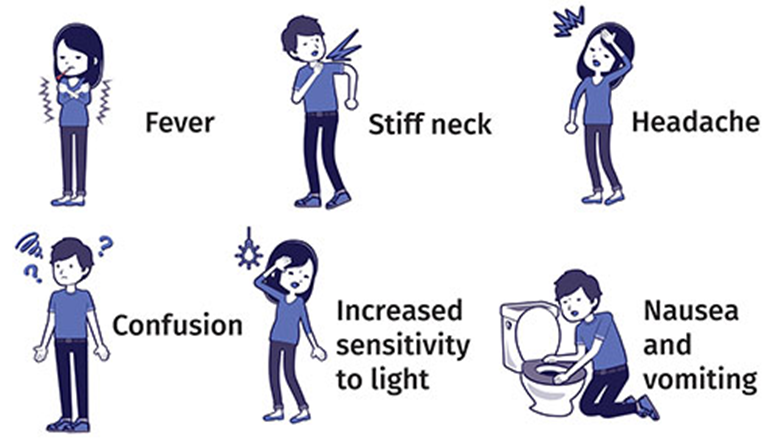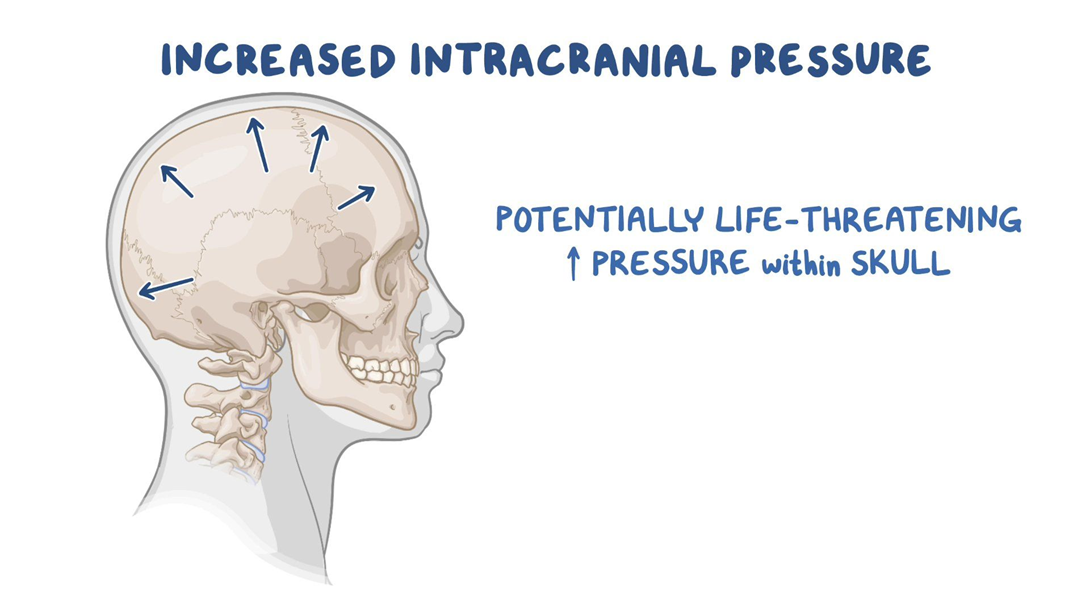Five months following treatment for Herpes zoster (shingles), an older adult client tells the home health nurse of continuing to experience pain where the rash occurred. Which action should the nurse implement?
Perform a complete mental status exam.
Determine if the client has had a shingles vaccination.
Teach the client about phantom pain symptoms.
Complete an assessment of the client's pain.
The Correct Answer is D
Choice A reason: This is incorrect because performing a complete mental status exam is not a relevant or appropriate action for the nurse to implement. A mental status exam is used to evaluate the client's cognitive, emotional, and behavioral functioning, but it does not address the client's physical pain or its underlying cause.
Choice B reason: This is incorrect because determining if the client has had a shingles vaccination is not a priority or helpful action for the nurse to implement. A shingles vaccination is recommended for people who are 50 years or older to prevent or reduce the severity of shingles, but it does not affect the occurrence or treatment of postherpetic neuralgia, which is a chronic pain condition that can develop after shingles.
Choice C reason: This is incorrect because teaching the client about phantom pain symptoms is not an accurate or useful action for the nurse to implement. Phantom pain is a type of neuropathic pain that occurs when a person feels pain in a body part that has been amputated or removed. However, this is not the case for the client who has pain in the area where the shingles rash occurred.
Choice D reason: This is correct because completing an assessment of the client's pain is the most important action for the nurse to implement. Pain assessment involves collecting information about the location, intensity, quality, duration, frequency, and aggravating or relieving factors of the pain, as well as its impact on the client's daily activities and quality of life. This can help the nurse identify the cause and severity of the pain, as well as plan and evaluate appropriate interventions.
Nursing Test Bank
Naxlex Comprehensive Predictor Exams
Related Questions
Correct Answer is D
Explanation
Choice A reason: Rocky Mountain spotted fever is not the most likely condition for the client who has a severe headache, fever, nuchal rigidity, and a petechial rash on arms and legs. Rocky Mountain spotted fever is a bacterial infection transmitted by ticks that causes a distinctive rash that usually begins on the wrists and ankles and spreads to the rest of the body. The rash is not limited to the arms and legs, and the client may also have other symptoms such as nausea, vomiting, abdominal pain, and muscle aches.
Choice B reason: Intracerebral hemorrhage is not the most likely condition for the client who has a severe headache, fever, nuchal rigidity, and a petechial rash on arms and legs. Intracerebral hemorrhage is a type of stroke that occurs when a blood vessel bursts inside the brain, causing bleeding and swelling. The rash is not a typical sign of intracerebral hemorrhage, and the client may also have other symptoms such as weakness, numbness, vision loss, confusion, and loss of consciousness.
Choice C reason: Cerebrovascular accident (CVA) is not the most likely condition for the client who has a severe headache, fever, nuchal rigidity, and a petechial rash on arms and legs. CVA is another term for stroke, which occurs when the blood supply to a part of the brain is interrupted, causing brain tissue damage. The rash is not a common sign of CVA, and the client may also have other symptoms such as facial drooping, slurred speech, difficulty swallowing, paralysis, and cognitive impairment.
Choice D reason: Meningococcal meningitis is the most likely condition for the client who has a severe headache, fever, nuchal rigidity, and a petechial rash on arms and legs. Meningococcal meningitis is a bacterial infection that causes inflammation of the membranes that cover the brain and spinal cord. The rash is a characteristic sign of meningococcal meningitis, which can appear as small red or purple spots that do not fade when pressed. The client may also have other symptoms such as nausea, vomiting, sensitivity to light, confusion, and seizures.

Correct Answer is A
Explanation
Choice A reason: Pupillary changes to ipsilateral dilation indicate increased intracranial pressure, which is a life-threatening complication of stroke. The nurse should notify the physician and prepare for emergency measures.

Choice B reason: Left-sided facial drooping and dysphagia are common signs of right hemisphere stroke, but they do not require immediate intervention by the nurse. The nurse should monitor the patient's swallowing ability and provide oral care.
Choice C reason: Orientation to person and place only is a sign of impaired cognition, which is also common in right hemisphere stroke. The nurse should assess the patient's memory, judgment, and attention span.
Choice D reason: Unequal bilateral hand grip strengths are a sign of hemiparesis, which is a weakness on one side of the body. The nurse should assist the patient with mobility and prevent contractures.
Whether you are a student looking to ace your exams or a practicing nurse seeking to enhance your expertise , our nursing education contents will empower you with the confidence and competence to make a difference in the lives of patients and become a respected leader in the healthcare field.
Visit Naxlex, invest in your future and unlock endless possibilities with our unparalleled nursing education contents today
Report Wrong Answer on the Current Question
Do you disagree with the answer? If yes, what is your expected answer? Explain.
Kindly be descriptive with the issue you are facing.
